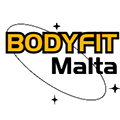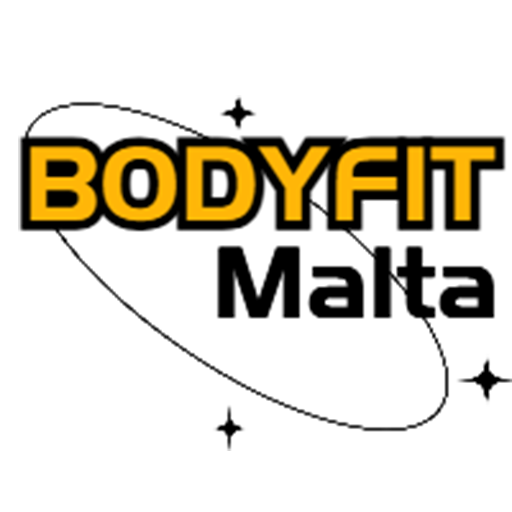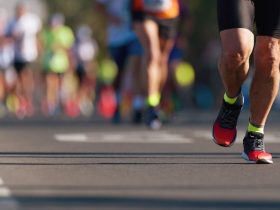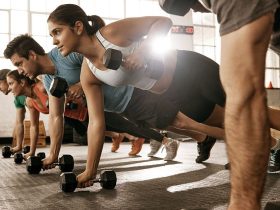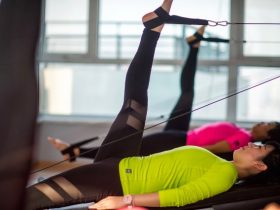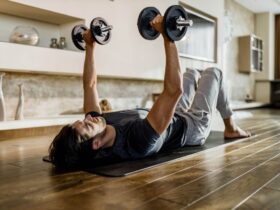If you’re new to yoga, it can be overwhelming to know where to start. With so many different poses to choose from, it’s important to find ones that are appropriate for beginners. In this article, we’ll explore 10 basic yoga poses that are perfect for those who are new to the practice.
Benefits of Practicing Yoga Poses
- Increased flexibility: Practicing yoga poses regularly can help to increase flexibility and range of motion in the muscles and joints. This can lead to improved posture, reduced risk of injury, and greater ease in everyday movements.
- Improved strength: Many yoga poses require the use of body weight as resistance, which can help to build strength and endurance in the muscles. This can improve overall physical performance and reduce the risk of injury.
- Reduced stress and anxiety: Yoga poses often involve deep breathing and mindfulness, which can help to reduce stress and anxiety levels. Regular practice can lead to improved mental clarity and a greater sense of calm.
- Improved balance and coordination: Many yoga poses require balance and coordination, which can improve overall physical stability and prevent falls and injuries.
- Increased mindfulness and self-awareness: Practicing yoga poses can help to increase mindfulness and self-awareness, which can lead to a greater understanding of oneself and others. This can improve relationships and overall well-being.
- Improved digestion: Certain yoga poses, such as twists and forward folds, can help to improve digestion and reduce bloating and discomfort.
- Reduced inflammation: Yoga has been shown to have anti-inflammatory effects, which can help to reduce pain and inflammation in the body.
- Improved sleep: Regular yoga practice can help to improve sleep quality and reduce insomnia, leading to greater overall well-being.
To know more about its benefits check out 12 Scientifically Proven Benefits of Yoga.
10 Basic Yoga Poses for Beginners
1. Mountain Pose (Tadasana)
The Mountain Pose, or Tadasana, is a foundational pose that is often used as a starting point for many yoga sequences. To perform this pose, stand with your feet together, engage your core muscles, and lift your arms up overhead. Take a deep breath in and out as you ground your feet into the floor.
2. Downward-Facing Dog (Adho Mukha Svanasana)
The Downward-Facing Dog, or Adho Mukha Svanasana, is a classic yoga pose that helps to lengthen and strengthen the entire body. To perform this pose, start on your hands and knees, then lift your hips up and back as you straighten your legs. Your body should resemble an inverted V-shape.
3. Child’s Pose (Balasana)
Child’s Pose, or Balasana, is a restorative pose that is great for beginners. To perform this pose, kneel on the floor and sit back on your heels. Extend your arms forward and rest your forehead on the ground.
4. Warrior I (Virabhadrasana I)
Warrior I, or Virabhadrasana I, is a powerful standing pose that helps to build strength in the legs and core muscles. To perform this pose, start in Mountain Pose, then step your left foot back as you bend your right knee. Reach your arms up overhead and hold the pose for a few deep breaths before switching sides.
5. Tree Pose (Vrksasana)
Tree Pose, or Vrksasana, is a balancing pose that helps to improve focus and concentration. To perform this pose, start in Mountain Pose, then lift your left foot up and place it on the inside of your right thigh. Bring your hands to your heart center and hold the pose for a few deep breaths before switching sides.
6. Bridge Pose (Setu Bandha Sarvangasana)
Bridge Pose, or Setu Bandha Sarvangasana, is a gentle backbend that helps to stretch the spine and open up the chest. To perform this pose, lie on your back with your knees bent and your feet flat on the ground. Lift your hips up towards the ceiling and interlace your fingers underneath your back.
7. Cobra Pose (Bhujangasana)
Cobra Pose, or Bhujangasana, is a gentle backbend that helps to strengthen the back muscles and improve posture. To perform this pose, lie on your stomach with your hands under your shoulders. Press into your hands and lift your chest up off the ground, keeping your shoulders relaxed.
8. Seated Forward Bend (Paschimottanasana)
Seated Forward Bend, or Paschimottanasana, is a great pose for stretching the hamstrings and lower back. To perform this pose, sit on the floor with your legs extended in front of you. Reach your arms up overhead, then hinge forward at the hips and reach for your toes.
9. Triangle Pose (Trikonasana)
Triangle Pose, or Trikonasana, is a standing pose that helps to improve balance and flexibility. To perform this pose, start in Mountain Pose, then step your left foot back as you extend your arms out to the sides. Hinge forward at the hips and reach your left hand down to the floor or a block, while reaching your right arm up towards the ceiling. Hold the pose for a few deep breaths before switching sides.
10. Corpse Pose (Savasana)
Corpse Pose, or Savasana, is a relaxing pose that is often used at the end of a yoga practice. To perform this pose, lie on your back with your arms and legs extended, palms facing up. Close your eyes and relax your entire body, focusing on your breath.
Yoga for beginners: A Step-By-Step Guide To Yoga Poses
FAQs
What should I wear for yoga as a beginner?
As a beginner, wear comfortable, stretchy clothing that allows you to move freely. Avoid clothes that are too tight or restrictive.
Do I need a yoga mat to practice these poses?
While a yoga mat isn’t necessary, it can provide cushioning and prevent slipping on the floor. If you’re practicing on a hard surface, a mat can be helpful.
How often should I practice these poses?
As a beginner, start with 2-3 times per week and gradually increase as you feel comfortable. Aim for consistency rather than intensity.
Can I modify these poses if I have an injury or limitation?
Yes, modifications can be made to accommodate injuries or limitations. Consult with a qualified yoga instructor for guidance.
How long should I hold each pose?
Hold each pose for 5-10 breaths, or longer if it feels comfortable. Remember to breathe deeply and listen to your body.
Tips to Make Yoga More Effective
- Focus on the breath: One of the most important aspects of yoga is breath control. Focusing on your breath can help you to stay present in the moment and deepen your practice.
- Practice regularly: Consistency is key when it comes to seeing results from your yoga practice. Aim to practice at least a few times per week, if not daily.
- Set intentions: Before each practice, set an intention for what you hope to achieve or focus on during the practice. This can help you to stay motivated and present.
- Use props: Props such as blocks, straps, and blankets can help to make certain poses more accessible and effective. Don’t be afraid to use them as needed.
- Listen to your body: It’s important to listen to your body and practice in a way that feels safe and comfortable for you. Don’t push yourself too hard and modify or skip poses as needed.
- Incorporate variety: Mixing up your yoga practice with different styles of yoga and poses can help to prevent boredom and challenge your body in new ways.
- Seek guidance: If you’re new to yoga or have specific concerns or injuries, consider seeking guidance from a qualified yoga instructor who can help you to modify poses and create a safe and effective practice.
By incorporating these tips into your yoga practice, you can help to make it more effective and enjoyable. Remember to approach your practice with patience and compassion, and focus on the journey rather than the destination.
Also, check out 10 Best Yoga Asanas To Cure Diabetes
Conclusion
Yoga is a wonderful way to improve flexibility, strength, and overall well-being. As a beginner, it’s important to start with basic poses that are appropriate for your level of experience. The 10 poses outlined in this article are a great place to start and can be practiced in a sequence or individually. Remember to listen to your body and take breaks as needed. With regular practice, you’ll soon be on your way to a more balanced and healthy life.
